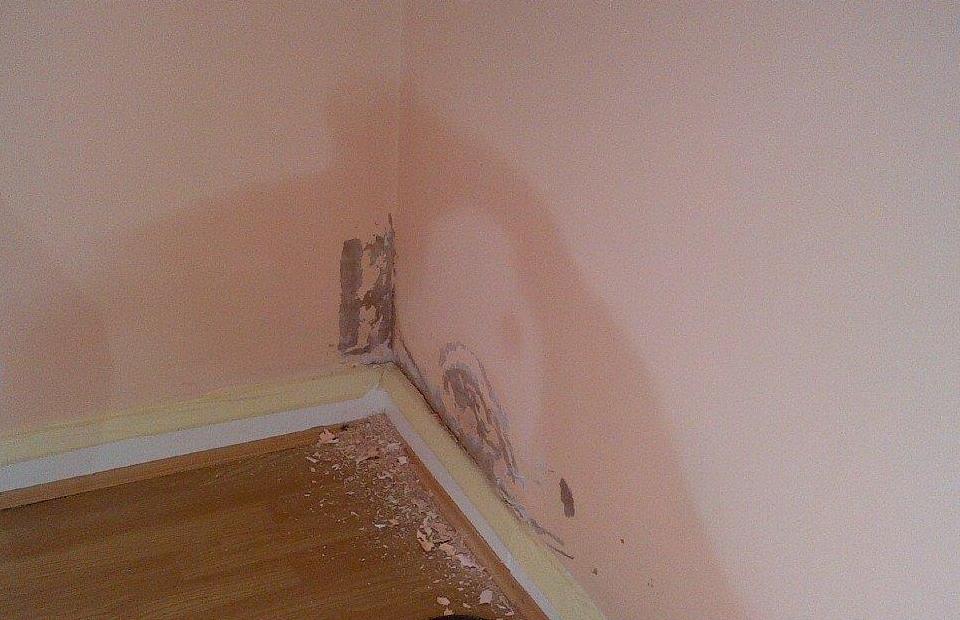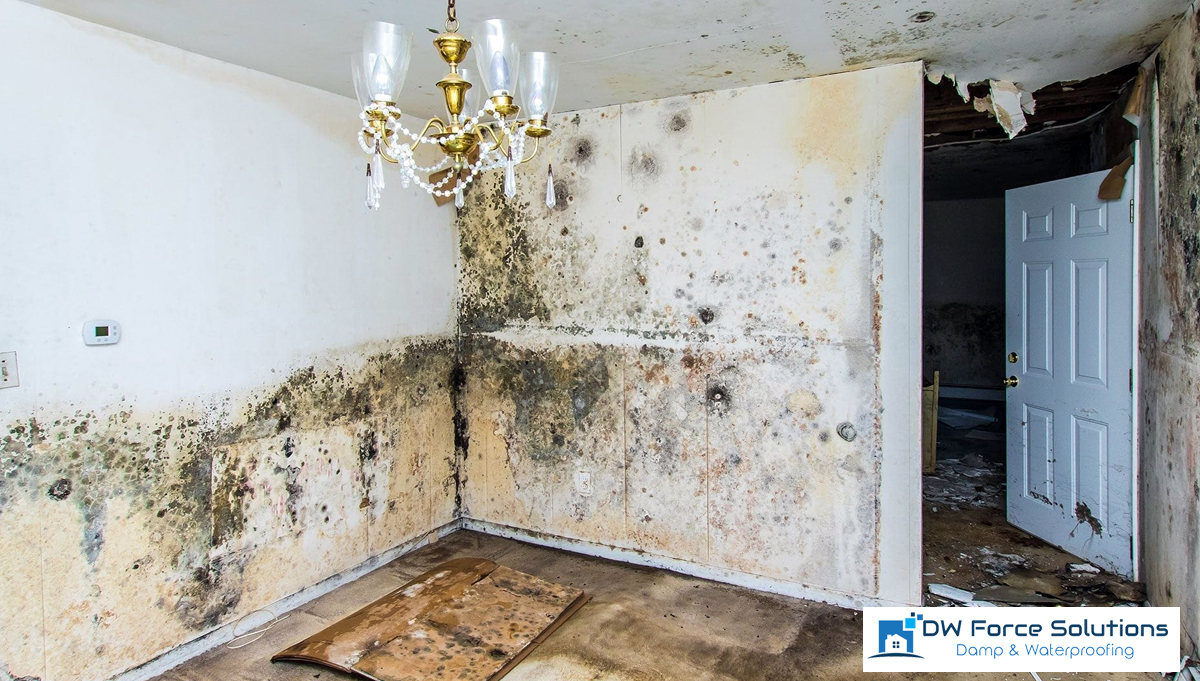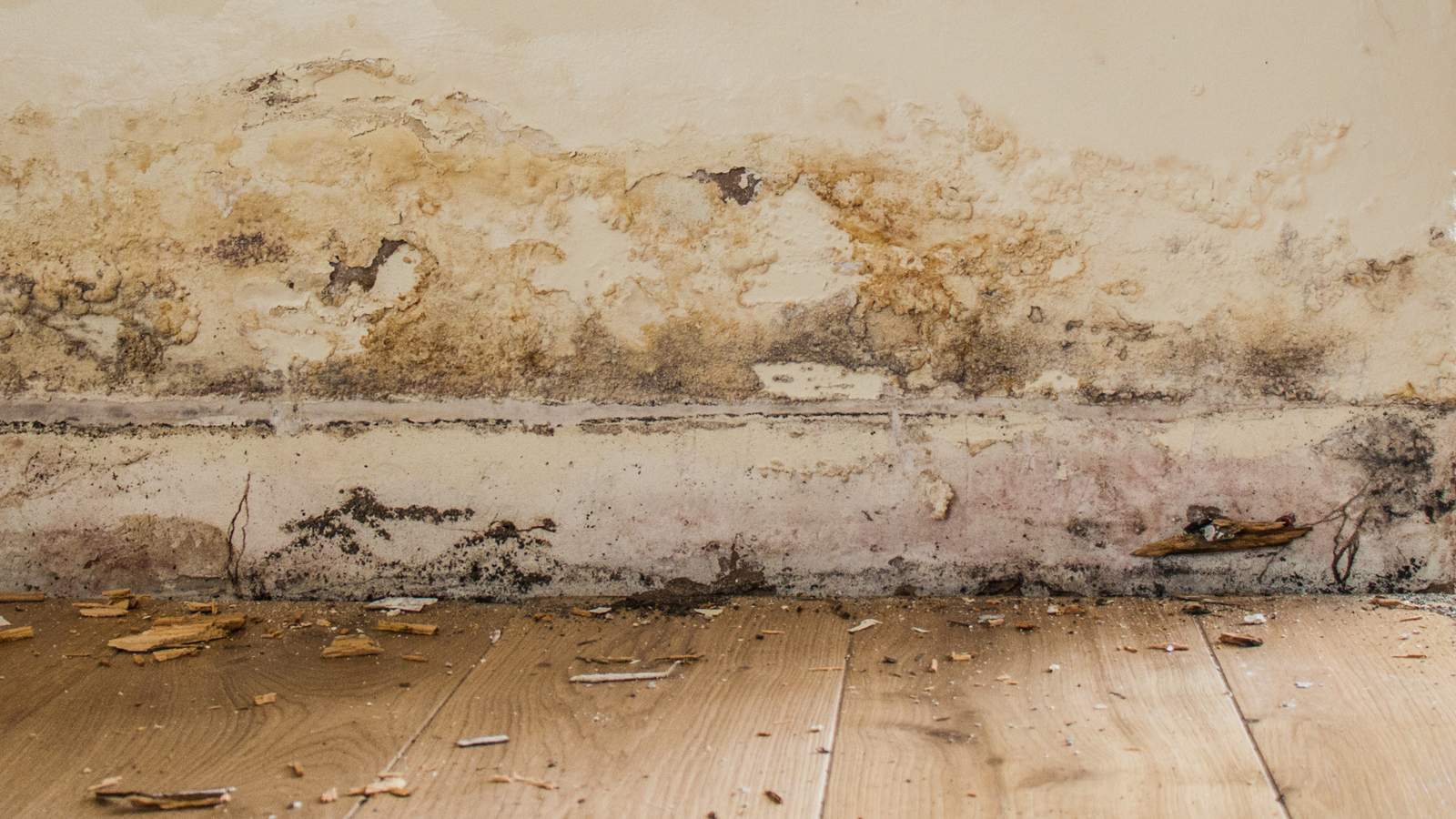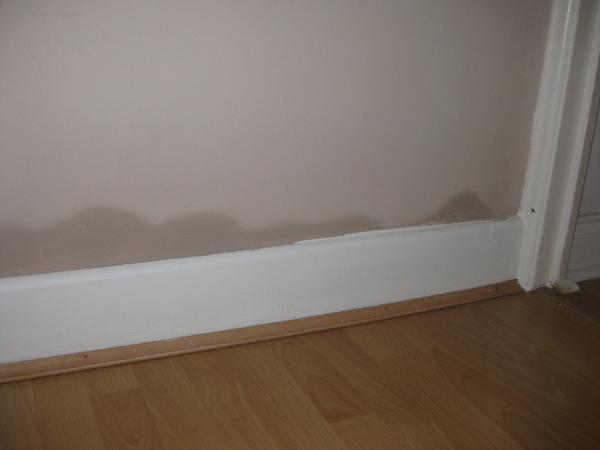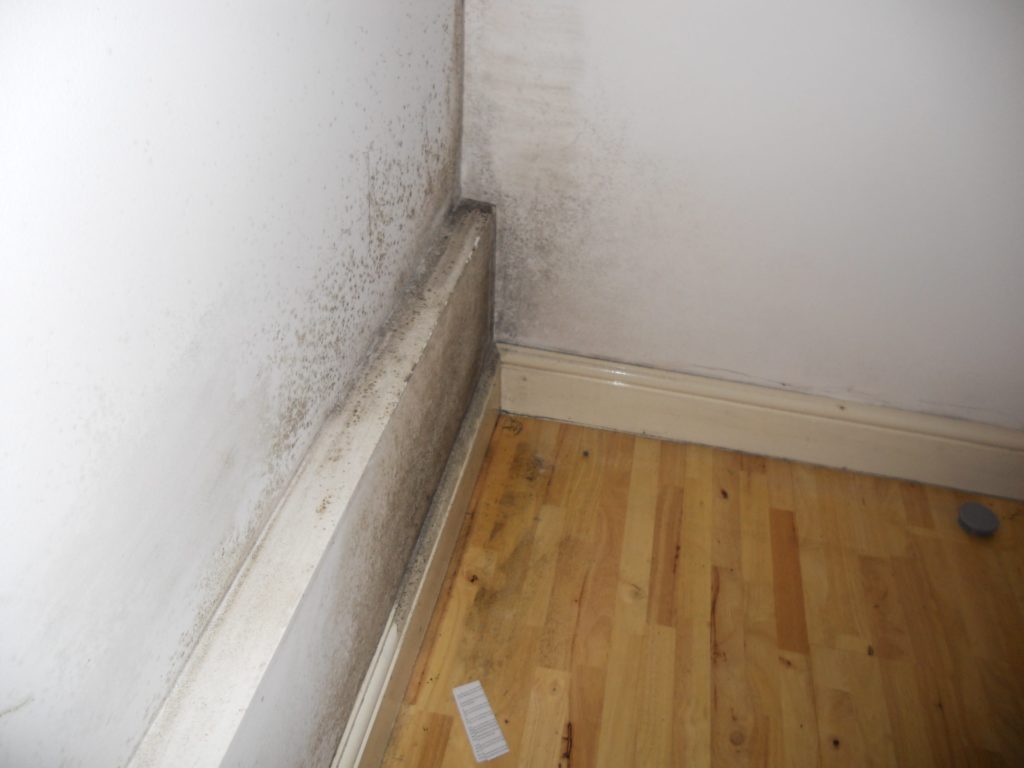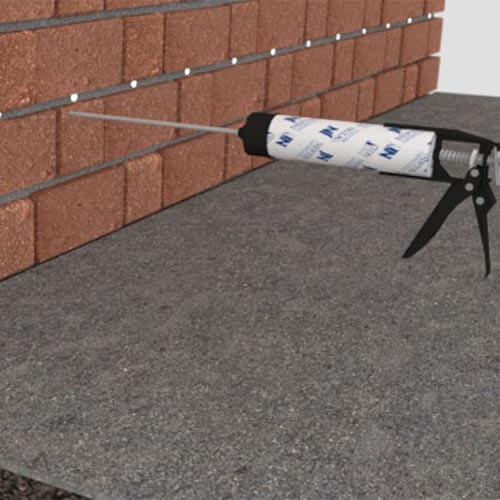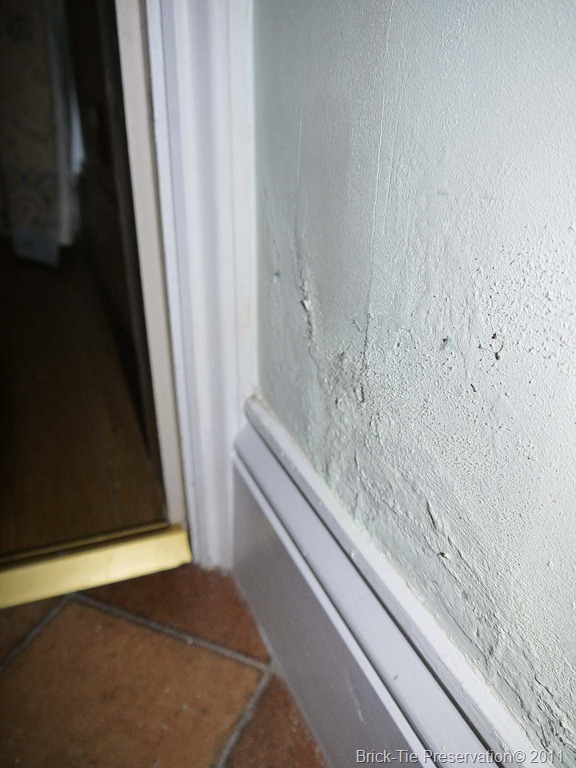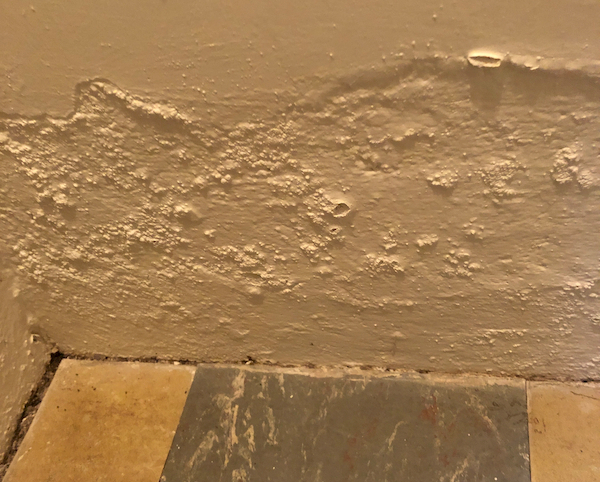Peerless Info About How To Spot Rising Damp
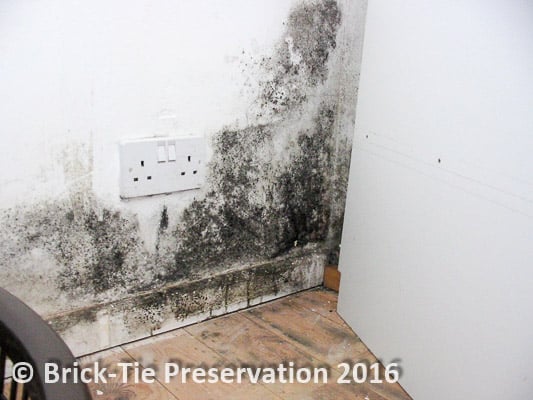
Damp that starts at the bottom:
How to spot rising damp. Look for clumps of powder to find rising damp this is one of those warning signs that often baffles people who don’t know what exactly it’s a sign of. Hence the term ‘rising’, moisture and dampness that appear at the bottom of your walls and rises over time is the biggest indicator of rising. If you can spot the damp before it rises too far up the wall, then you’re in luck.
Rising damp signs damp stains and tidemarks on walls. Like all forms of damp, rising damp is most easily spotted by discolouration of the affected walls. Damp and musty smell this is the easiest way to detect the presence of rising damp in a property.
How to treat rising damp. Run your hands around the suspected rising damp area. Deterioration of plaster and paint, as well as the loosening of wallpaper surfaces with stain marks or ‘tide marks’.
How to spot rising damp. Damaged or rotting skirting boards or plaster; The following are some signs that can help you identifying rising damp:
What are the signs of rising damp? Rotting, soft skirting boards where the walls meet the floor; Paint needs a dry surface to adhere to but damp works against this.
If you suspect there is rising damp in your property, the following signs can give you a better idea: The difference with rising damp is that the discolouration will start at the floor. Discolouration there is no clearer sign of damp than actual discolouration of your walls, ceilings or floors.

